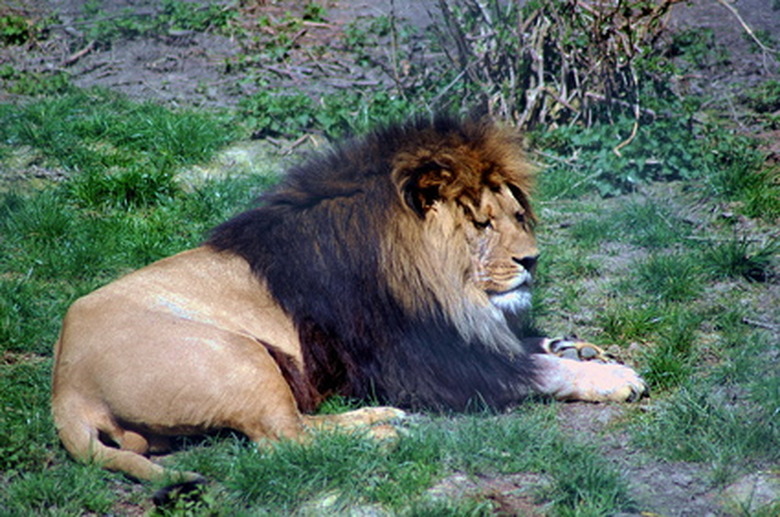Facts On African Deserts
Great swaths of desert blanket the African continent. The Sahara alone covers one-third of it, and two others–the Namib and the Kalahari–are generally recognized as the other two. Images of the stark, seemingly waterless African deserts have long been photographed and made into backgrounds for films, and scholars are still documenting the species of plants and animals that reside there.
The Sahara
The Sahara
The Sahara is the largest desert in the world at 3,500,000 square miles. There is almost no rainfall, though there are some underground rivers that run from the Atlas Mountains to irrigate scattered oases. These oases made trade routes between northern Africa and the southern African savannas possible for centuries.
Four million people currently inhabit the Sahara, primarily in Mauritania, Algeria, Libya and Egypt. Animal life includes the gerbil, desert hedgehog, barbary sheep, oryx, gazelle, wild ass, baboon, hyena, jackal, sand fox, mongoose and 300 species of birds.
The Namib
The Namib
The Namib, meaning "vast" in the indigenous Nama language, is characterized by high sand dunes with sharp ridges and its diversity of plant and animal life. The Namib is the oldest desert in the world at more than 80 million years, and this stability has provided for unique species development. For instance, the Welwitschia mirabilis is a plant that can live for 2,500 years or more and grows its only two strap-shaped leaves its entire life. This makes the Welwitschia leaves the longest living plant on the planet. The Namib also has a variety of uniquely adapted reptiles and insects.
The Kalahari
The Kalahari
The Kalahari covers most of Botswana, the southwest region of South Africa and the entire area of Namibia. The Kalahari is one part of a massive sand basin that extends from the Orange River in Angola to Namibia to Zimbabwe. The sand masses of that desert were shaped by eroding soft stone formations and stabilized 10,000 to 20,000 years ago by plants. Plants seen in the Kalahari as of 2010 include grasses, thorny shrubs and Acacia trees; animals include the brown hyena, lion, meerkat, antelope, reptiles and many bird species.
Conservation
Conservation
Efforts are underway to protect the unique landscapes of the African deserts and the plants and animals that inhabit them. The Namib Desert harbors the biggest conservation area in Namibia and one of the largest in the world at Namib-Naukluft Park. Ecotourism also plays a role in conservation by making the land more valuable when it is pristine and protected than when it is not. Other organizations, like the Kalahari Conservation Society, are also in place to try and protect the deserts.
Interesting Facts
Interesting Facts
Scholars debate how to classify and divide the Kalahari. Some do not consider the Kalahari a true desert, as portions of it get more than 10 inches of rain. Some experts, like those at World Atlas, do not separate the Kalahari from the Namib, but consider the desert in Namibia to be part of the Kalahari. Whatever the classification, the desert in Namibia is home to some of the most unique species on the planet, including a beetle that can condense fog into moisture by standing in a headstand position to collect the clouds.
Cite This Article
MLA
Jennings, Elizabeth. "Facts On African Deserts" sciencing.com, https://www.sciencing.com/african-deserts-6611665/. 22 November 2019.
APA
Jennings, Elizabeth. (2019, November 22). Facts On African Deserts. sciencing.com. Retrieved from https://www.sciencing.com/african-deserts-6611665/
Chicago
Jennings, Elizabeth. Facts On African Deserts last modified March 24, 2022. https://www.sciencing.com/african-deserts-6611665/
